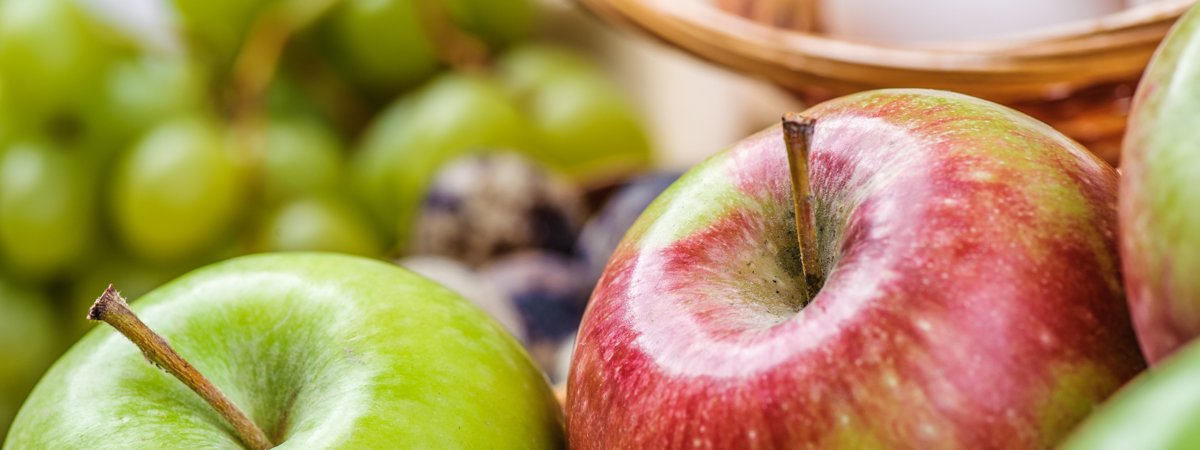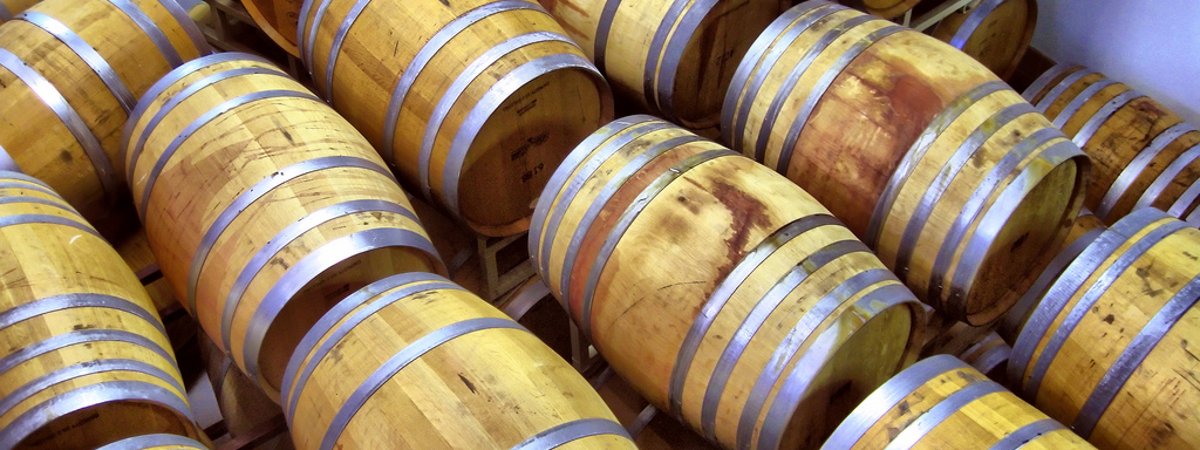“All natural” label on number of foods, cosmetics and over-the-counter remedies suggests that these products are safe and derived from natural sources, such as plants. This is, in part, what makes herbal medicine so popular. But does natural always mean safe and actually mean natural?
Natural supplement investigation

Alera Labs has an example of natural supplement investigation we would like to share. One of the clients requested to test chemical composition of a “herbal extract”, claimed to be natural. Its chemical composition was studied using High Performance Liquid Chromatography-Mass Spectrometry, which allows separating compounds from each other and measure molecular mass of each individual component. Any natural extract typically contains a number of constituents and in most cases active ingredient of a natural therapeutic is not known, hard to isolate or effect is believed to be resulted from combination of natural components. In this particular case, only two individual components were found, one corresponded to a green dye (to make it look like a herbal extract) and another one was found to be a novel synthetic compound with unknown safety properties. This result could only mean that the “natural extract” appeared to have synthetic nature and what is more important, had an active ingredient which was not tested for safety in the USA.
Though many people may use natural supplements as medicine, herbal supplements are not regulated by the FDA like drugs are. For this reason, some potentially dangerous products may be available in stores, online, and even in local coffee shops. Before taking any herbal supplement, be sure to research it, or ask us to do that for you.
Hazardous impurities in wine
Modern food and beverage production process involves use of various chemicals. Food products such as beer, juice and wine are unstable. Because of their volatile nature, additives have been developed to stabilize the products, such as Dimethyl Dicarbonate (DMDC). In the wine world there are many different wine additives, most of them are safe, and however, there have been a few notoriously famous cases of unsafe wine additives in the past.

Another example of wine add-ons are sulfites, used to kill unwanted bacteria and yeasts in the winemaking process. Since 1987, American producers have been required to mention the presence of sulfur if it exceeds 10 parts per million (ppm) in the wine. Additionally, there were cases when trace amount of pesticides were found in finished wine.
CAPFNC uses Gas Chromatography coupled with Mass Spectrometry and High Performance Liquid Chromatography for separating complex mixtures into individual components and is able to identify presence of smallest amounts of dangerous compounds.
